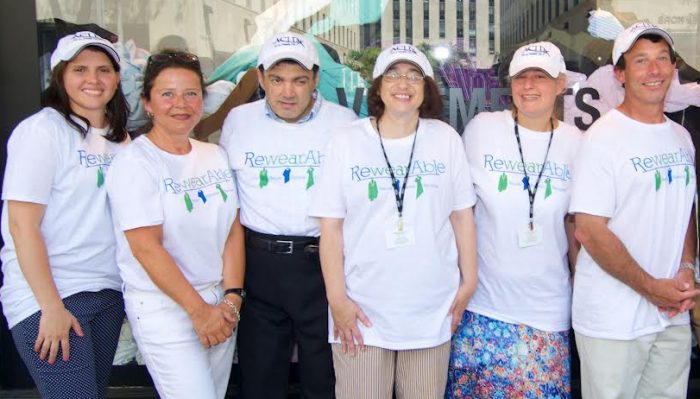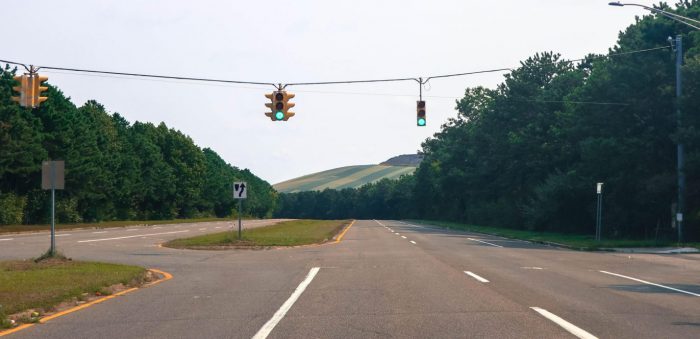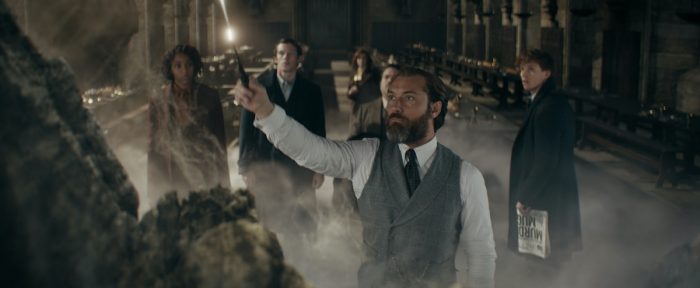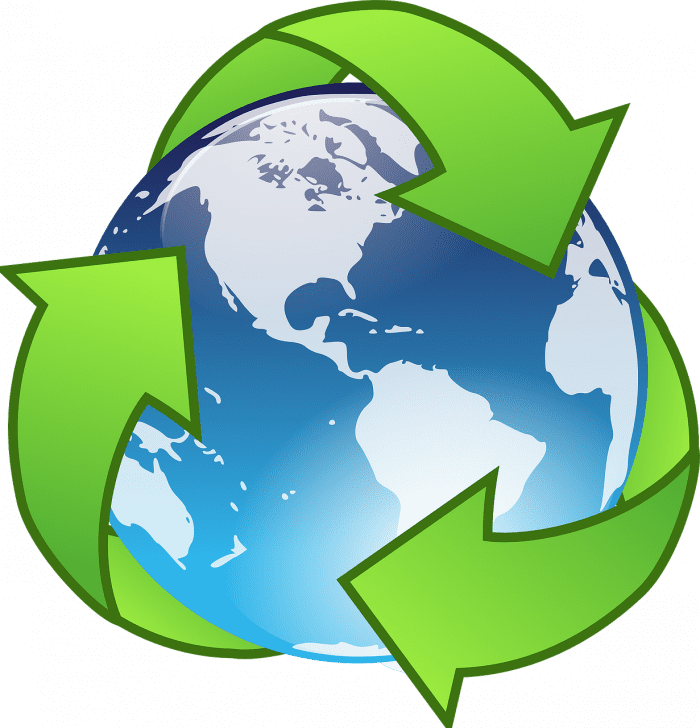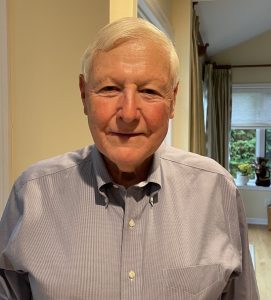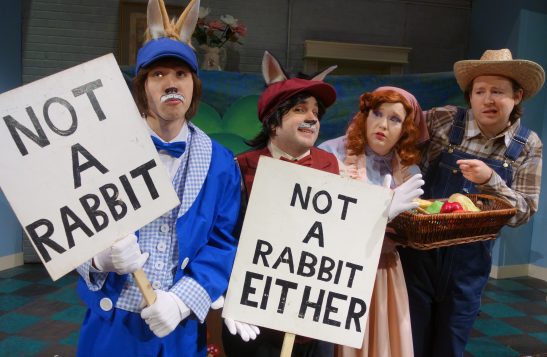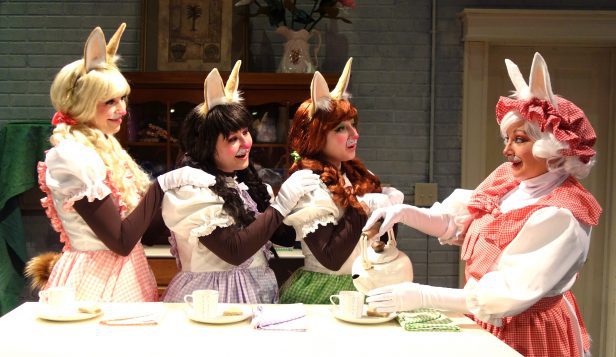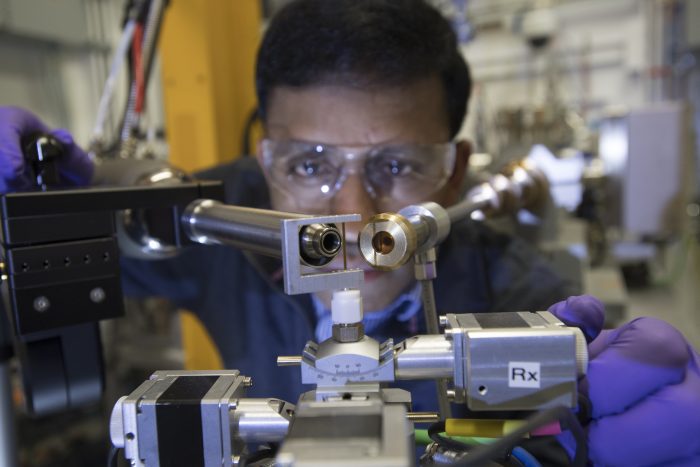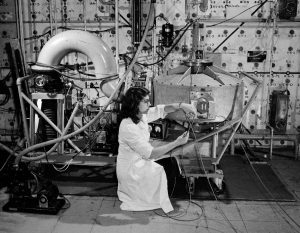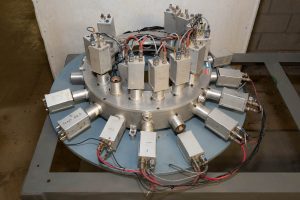Just in time for Earth Day (April 22) Adults and Children with Learning & Developmental Disabilities, Inc., (ACLD) recently partnered with HELPSY, the largest clothing collection company on the east coast to place clothing collection bins throughout Long Island.
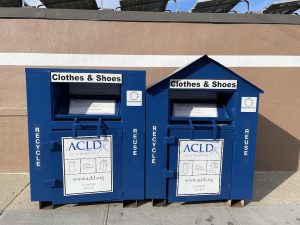
Collection bins offer an alternative disposal method for textiles to Long Island residents, addressing the abundance of unneeded and unwanted clothing ending up in landfills. This is the first non-profit collaboration on Long Island for HELPSY. With the goal to reuse, re-wear or recycle to extend the useful life of textiles, items will be sold into thrift or other secondhand markets and raise funds to support ACLD’s RewearAble Program which employs adults with developmental disabilities.
The first eight collection bins have been placed in five different locations including St. James Star Inc., 889 Middle Country Road, St. James; BP Gas Station, 6077 Jericho Turnpike, Commack; BP gas station, 566 Northern Blvd, North Hempstead; Citgo, 1560 Islip Road, Brentwood; and Cortorreal Auto Repair, 1714 New York Ave, Huntington Station.
“This is the first such partnership for HELPSY on Long Island,” said Dan Green, CEO and co-Founder of HELPSY. “We are thrilled that an organization that does such good work as ACLD should benefit from items that otherwise would be thrown away. Textile waste is one of the fastest growing waste streams in the United States and 95% of the textiles that fill landfills could have been reused or recycled. How wonderful that not only will the environment benefit, but also an organization that serves such an important and needed role in the lives of Long Island disabled children and adults.”
According to the EPA, since the beginning of the millennium, the amount of clothing manufactured has more than doubled (approximately 6 million tons in 2000 to 16 million tons in 2020). The business of creating trendy items at low cost, known as “fast fashion,” creates greater profits for the fashion industry and instant gratification to consumers. But unfortunately, this trend also leads to a shorter shelf life for clothing items and adds to a disposable mentality that creates a surplus of unwanted clothing.
The fashion industry is well documented as one of the most polluting in the world, responsible for 8-10% of total greenhouse gas emissions according to the UN and contributing to tons of microplastics found in the ocean- shredded from washed synthetic fibers used to make low-cost clothing.
Through a combination of clothing drives, home pick-ups and clothing collection bins in 10 states, HELPSY diverts nearly 30 million pounds of textiles from landfills every year. By partnering with organizations such as ACLD to collect these unwanted clothing and other textiles, HELPSY has helped to raise millions for non-profits and other organizations while helping to extend the life of clothing and reducing the impact on the environment from overproduction.
“HELPSY is dedicated to changing the way people think about clothing recycling while adhering to the highest level of social and environmental performance,” said Green.
The Company’s efforts have earned it a Certified B Corporation designation, using business as a force of good ™. HELPSY is the only textile collection company certified as a B-Corp and Public Benefit Corporation, demonstrating the value the company places on workers, partner organizations, the environment, and the community.
“We are excited about this collaboration with HELPSY,” said Robert Ciatto, Executive Director of ACLD. “We are pleased that HELPSY has selected ACLD to be the first non-profit partner on Long Island and we look forward to the support of ACLD’s RewearAble Program.”
For additional information about HELPSY or to join in the company’s environmental preservation efforts or to host an ACLD bin, contact [email protected].

